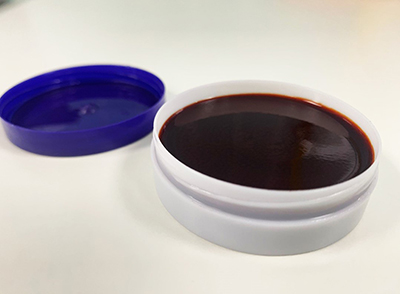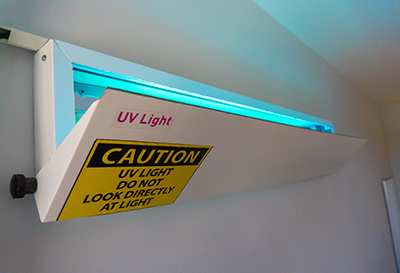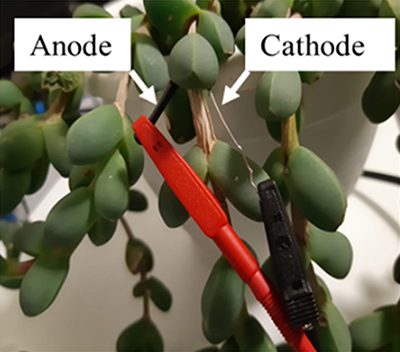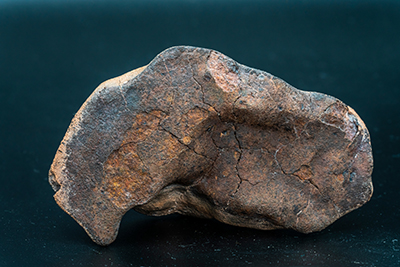FOR IMMEDIATE RELEASE
“Blue Light Simultaneously Induces Peel Anthocyanin Biosynthesis and Flesh Carotenoid/Sucrose Biosynthesis in Mango Fruit”
Journal of Agricultural and Food Chemistry
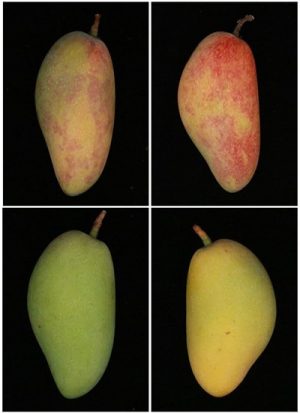
We’re often told to limit our “screen time,” thanks in part to the harsh blue light that screens can emit. Plants can detect blue light too, but instead of causing sleepless nights for our green friends, it could help make their fruits taste better. Researchers now report in ACS’ Journal of Agricultural and Food Chemistry that mangoes can become redder, sweeter and more ripe when exposed to blue light over several days.
Plants rely on sunlight to carry out photosynthesis and ripen their fruits. Studies have shown that exposure to light can affect the appearance of some fruits’ peels and can increase the amount of sugar and pigments in fruits such as tomatoes, which contain chlorophyll throughout their flesh. However, other fruits such as mangoes only contain this pigment in their thick peels, which could change how light affects the flesh. Plus, sunlight contains many colors, so different wavelengths could have different effects. So, Yuanwen Teng and colleagues wanted to investigate how blue light impacts the quality and ripeness of mangoes.
To understand this phenomenon, the researchers placed a group of mangoes in blue light and another group in darkness for nine days. They found that mangoes in blue light contained far more anthocyanins in their peels, making them redder than those left in the dark. The flesh of these mangoes was also softer, sweeter and more yellow, and had more sucrose and carotenoids than the other group. In further tests, the team found that light-responsive genes involved in the photosynthesis pathway, as well as key genes involved in producing sucrose, anthocyanin and carotenoids, were upregulated under blue light. This meant that the mangoes could directly perceive this light and trigger an internal genetic signaling pathway, say the researchers. The effect was more pronounced in the peel than in the flesh, indicating that the blue light did not penetrate much past the skin. The researchers say that this work could help shed light on the complex relationship behind colored light and the internal quality of fruit.
The researchers acknowledge funding from the Key Research and Developmental Program of Hainan Province and the Fundamental Research Funds for the Central Universities.
###
The American Chemical Society (ACS) is a nonprofit organization chartered by the U.S. Congress. ACS’ mission is to advance the broader chemistry enterprise and its practitioners for the benefit of Earth and all its people. The Society is a global leader in promoting excellence in science education and providing access to chemistry-related information and research through its multiple research solutions, peer-reviewed journals, scientific conferences, eBooks and weekly news periodical Chemical & Engineering News. ACS journals are among the most cited, most trusted and most read within the scientific literature; however, ACS itself does not conduct chemical research. As a leader in scientific information solutions, its CAS division partners with global innovators to accelerate breakthroughs by curating, connecting and analyzing the world’s scientific knowledge. ACS’ main offices are in Washington, D.C., and Columbus, Ohio.
To automatically receive press releases from the American Chemical Society, contact newsroom@acs.org.
Note: ACS does not conduct research, but publishes and publicizes peer-reviewed scientific studies.

